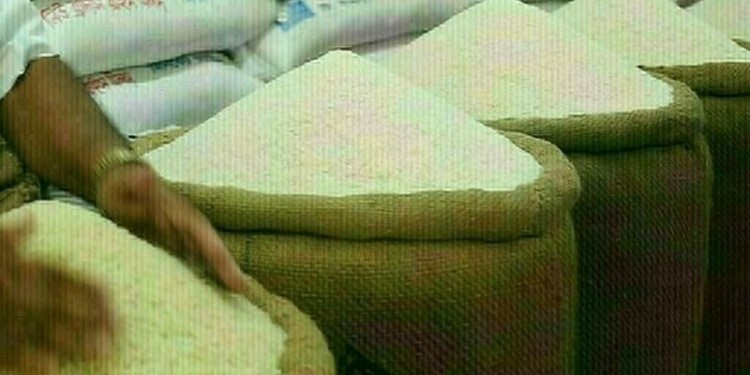Rubber farmers in Kerala have lost at least 30,000 tonnes of latex, worth more than Rs. 550 crore at the current price, to unprecedented rains in June, July and early August that brought tapping to a near complete halt for more than 60 days.
However, Rubber Board is confident that part of the losses can be made up in the coming months when tapping peaks.
Rubber production commissioner J. Thomas said on Tuesday that Rubber Board’s initial assessment of the losses took into consideration the days of lost tapping as well as the incidence of abnormal leaf fall in rubber trees that held out a live threat of reduced latex yield.
The Rubber Board official said though the Board advised farmers to go in for rain guards in May, they held back the operations this year seeing the extremely dry conditions till late into the month of May. Even with rain guards, tapping was impossible in most areas, he added.
Shajimon Jose, secretary of Chirakkadavu Rubber Producers’ Society (RPS) in Kanjirappally, in the heart of Kerala’s rubber country, said that farmers were caught unawares by the heavy rains that started on June 1 and continued into early August.

Figures from the award-winning Chirakkadavu RPS illustrate the extent of production loss. The society, comprising small and marginal farmers and accounting for around 280 hectares of mature trees, saw latex production go down more than 50 per cent in June and nearly 40 per cent in July this year in comparison to the same months last year.
Dry rubber content (DRC) production in June this year came down to 11,615 kg compared to the 38,624 kg in June 2012. Approximately three litres of normal latex is required to produce a kg of RDC. Production in July came down to 34,353 kg in July 2013 compared to the 54,386 kg in July 2012. Figures for the period till August 15 are still gloomier. DRC production came down to 6,292 kg during this month compared to the 15,280 kg during the same period last year.
Rubber Board figures for the of June and July show contrasting pictures. Latex production came down to 38,000 tonnes in June this year against last June’s 62,000 tonnes. Figures for July were 68,000 tonnes and 46,000 tonnes respectively for 2012 and 2013.
The contrast between the two years was a sharp departure from the figures for the previous month of May when latex production was 58,000 and 59,000 tonnes respectively for 2012 and 2013.
Director of Kundamkuzhi RPS in Kasaragod district P.V. Madhusoodanan said the society produced just one tonne of DRC during the months of June, July and August this year against the nine tonnes of DRC during the same months last year.
The sharp drop in rubber production has increased the anxiety of manufacturers. Rajiv Budhraja, director general of Automotive Tyre Manufacturers’ Association, said in an e-mail on Tuesday that natural rubber availability continued to be “precarious for rubber consuming interests in the country.”
The significant drop in rubber production is unparalleled in recent times and dwindling and uncertain availability of domestic stock had affected procurement and production planning for the tyre and non-tyre sectors, he said.
The view was echoed by Niraj Thakkar, president of All India Rubber Industries’ Association, who said that the small-scale sector had been gravely hurt by the natural rubber supply crunch. A tight squeeze in supplies had left operations in rubber-based small and medium enterprises in disarray, he said in an e-mail.
Meanwhile, rubber farms have also been hit by abnormal leaf fall because the near-incessant rains over two months prevented farmers from taking up prophylactic activities to prevent its spread. The problem is caused by fungus infection during extended wet weather and extreme humid conditions.
Kerala received 2,207.8 mm of rain during the current season against the long period average of 1,676 mm, a departure of 32 per cent.
Source: The Hindu


























